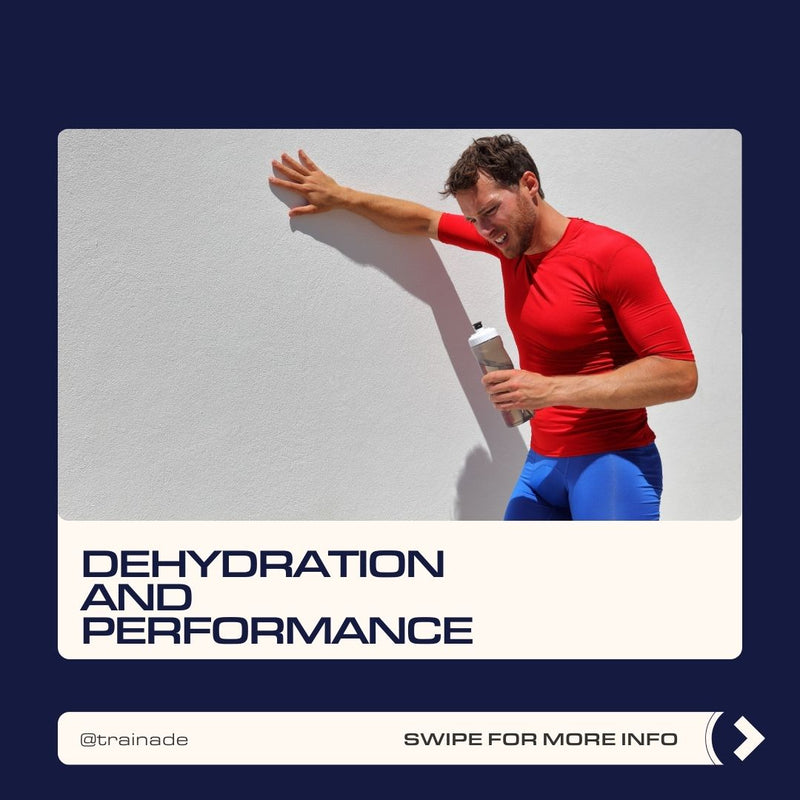What is the WUT principle?
When trying to figure out if we are dehydrated, there are 3 common questions that we will ask ourselves. These are: What colour is my urine? Am I thirsty? and what is my weight?
Although these are all valid questions by themselves, they can sometimes be misleading. The WUT principle, standing for weight, urine, thirst, is a way to assess your hydration status using a combination of these 3 questions.
Weight
Weight is probably what we think of the least in terms of hydration status on any given day as without a bodyweight scale present with us, it can be difficult to see if we are dehydrated or not.
Generally, decreases in weight of more than 1% between days can be a sign of dehydration, however, there are multiple factors that could also affect daily weight fluctuations besides our hydration status such as the weight of the food we ate the night before, how much fibre we consumed, and if we have gone to the bathroom in the morning. Because of this, weight can be seen as an indicator of our hydration status but, in a similar fashion to urine and thirst, might not be effective in giving an independent assessment.
Urine
Looking at our urine to determine our hydration status has been taught to nearly everyone, and for good reason. Generally, the darker our urine, the less hydrated we are. This is because when we are dehydrated, our body wants to retain our water and therefore will release urine that has a higher concentration of electrolytes and urea, giving it a darker colour. If we are well hydrated, a higher amount of water will be in our urine and therefore it will have a lighter colour.
Although this is a great indicator of hydration, there are still nuances that need to be considered. Firstly, our body can only handle drinking roughly 1 litre of water per hour. What this means is that if we drink a lot of water in a short period, we will expel a large amount of the water we have drunk, making our urine a lighter colour which may be misleading.
Thirst
Being thirsty is our body’s way of telling us that we need water. However, as you may have heard many people say, if you are thirsty, you’re probably already dehydrated.
Often, we think that if we aren’t thirsty, we probably aren’t dehydrated. However, this can be misleading and therefore thirst should be used in combination with weight and urine in order to accurately determine our hydration status.
How to use the WUT principle
The easiest way to use the WUT principle is to take into account your changes in weight, colour of urine, and how thirsty you are. Through this, we can assume that if only 1 factor is present, we may be dehydrated. If at least 2 of the 3 factors are suggesting that we are dehydrated, we likely are, and if all 3 factors suggest that we are dehydrated, we are very likely to be dehydrated.




